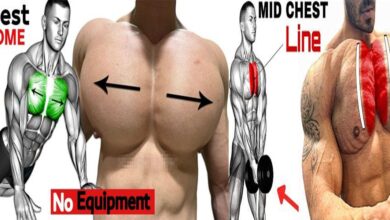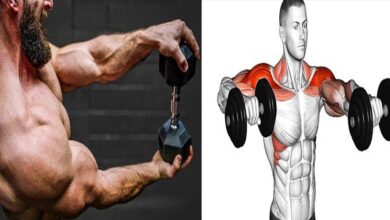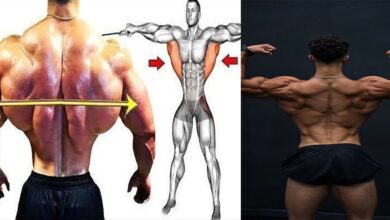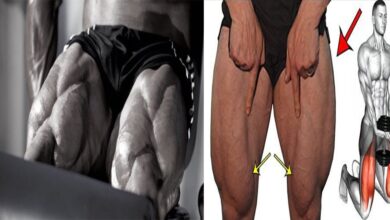Unveiling the Vital Role of Flexibility: A Key Element for Physical Health and Well-being
Flexibility is an important component of overall fitness and offers a range of benefits for your body and daily life. Here are some reasons why flexibility is crucial:

- Improved Range of Motion: Being flexible allows your joints to move through their full range of motion. This is essential for performing daily activities, sports, and exercises effectively.
- Reduced Risk of Injury: Flexible muscles and joints are less prone to injuries. Proper flexibility helps prevent muscle strains, ligament sprains, and other injuries during physical activities.
- Better Posture: Flexibility contributes to better posture by allowing your muscles to maintain proper alignment. This, in turn, reduces the risk of musculoskeletal issues and back pain.
- Enhanced Athletic Performance: Athletes often require a combination of strength, endurance, and flexibility. Improved flexibility can enhance athletic performance by allowing for more efficient movements and reducing the risk of muscle imbalances.
- Alleviation of Muscle Tension and Soreness: Stretching and flexibility exercises can help release muscle tension, reduce soreness, and improve circulation. This can contribute to a sense of relaxation and well-being.
- Increased Blood Flow to Muscles: Stretching improves blood circulation to the muscles, delivering more oxygen and nutrients. This helps in the recovery process after exercise and promotes overall muscle health.
- Joint Health: Flexible joints are more resilient and less prone to wear and tear. Regular flexibility exercises can contribute to joint health by maintaining their mobility and preventing stiffness.
- Enhanced Coordination and Balance: Flexibility is closely linked to coordination and balance. Improving flexibility can enhance your overall body awareness and coordination, reducing the risk of falls and accidents.
Now, here are some good flexibility exercises you can incorporate into your routine:
1. Dynamic Stretching: Incorporate dynamic stretches into your warm-up routine. These involve controlled movements that take your joints and muscles through a full range of motion. Examples include leg swings, arm circles, and torso twists.

2. Static Stretching: Hold each stretch for 15-60 seconds, focusing on major muscle groups. Common static stretches include hamstring stretches, quadriceps stretches, calf stretches, and shoulder stretches.
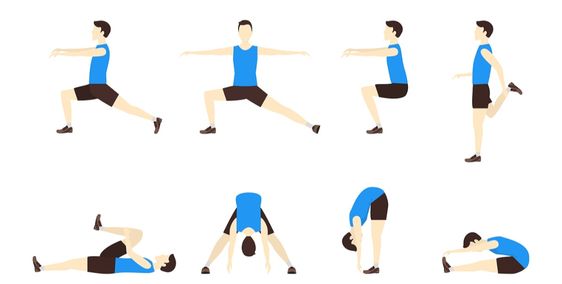
3. Yoga: Practicing yoga is an excellent way to improve flexibility, balance, and overall body awareness. Many yoga poses involve stretching and lengthening muscles.

4. Pilates: Pilates exercises often emphasize core strength and flexibility. Incorporate Pilates movements that involve stretching into your routine.
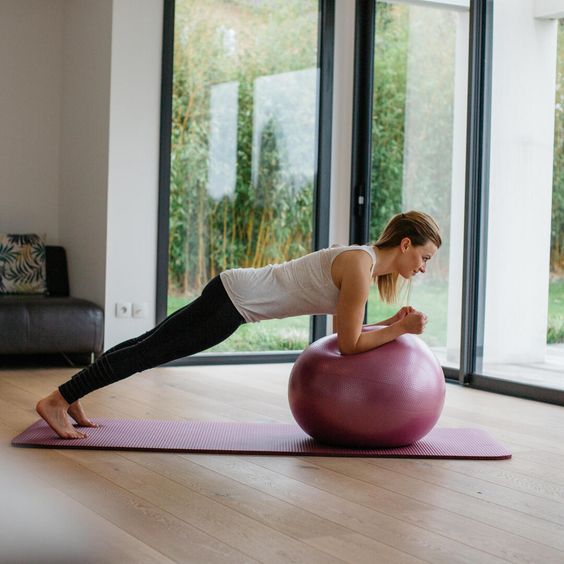
5. Foam Rolling: While not a traditional stretching exercise, foam rolling (self-myofascial release) can help release muscle tightness and improve flexibility by targeting trigger points and knots.
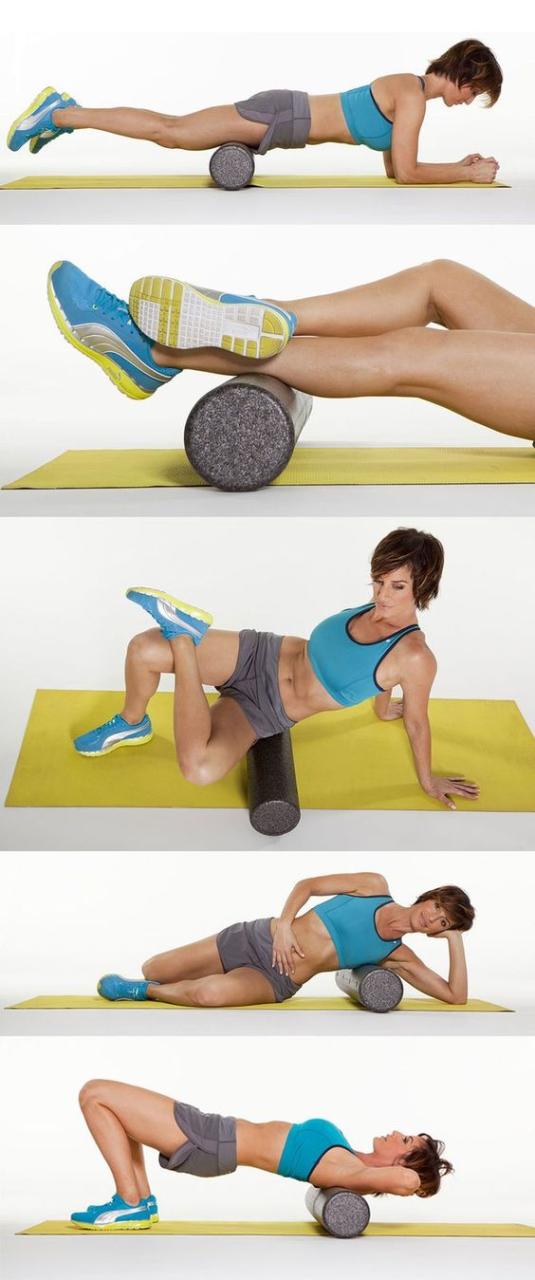
Remember to start gradually and listen to your body. If you have any existing health concerns or conditions, it’s advisable to consult with a healthcare professional or fitness expert before starting a new flexibility routine.
